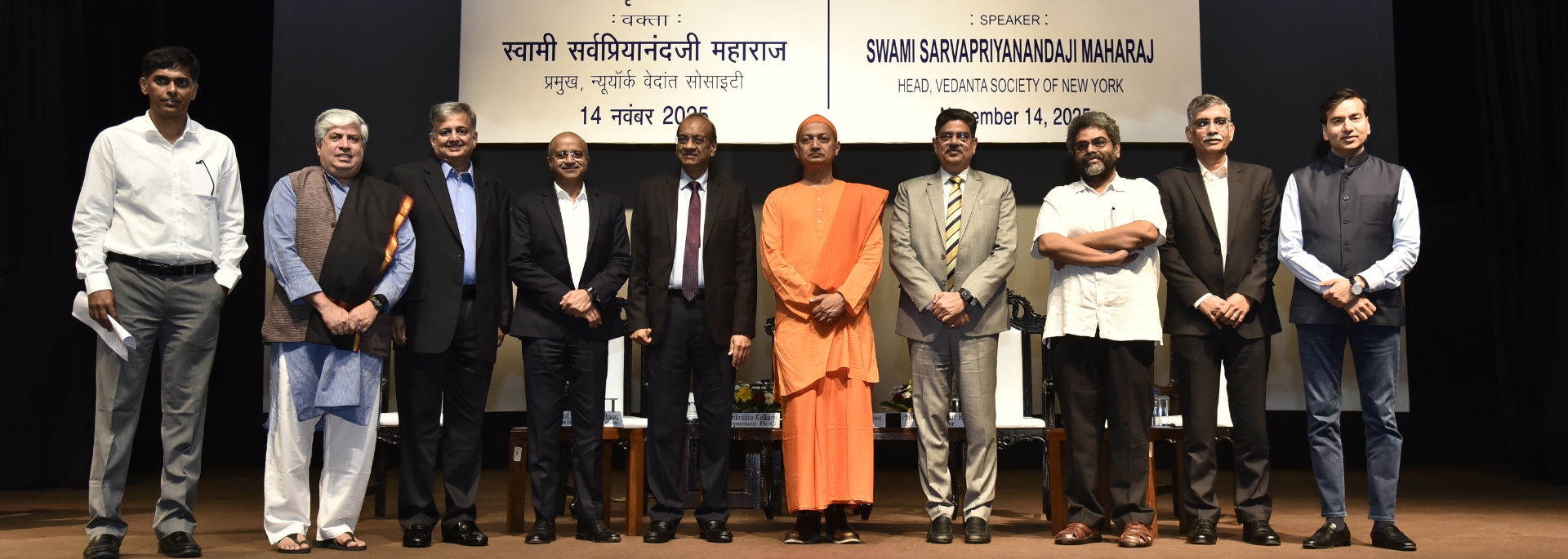Abstract of the case:
A short abstract of 300 words should accompany the main case. This abstract should identify the firm, the issues at hand, and the decision dilemma along the lines of the themes identified in CDEP-IIMCCRC's call for case study competition.
The protagonist and decision points:
Ideally, the case should have a protagonist. The case author/s needs to develop relevant and sufficient background information to articulate the dilemma or decision points faced by the protagonist. Having a protagonist allows the case reader (students) to step into their shoes and develop solutions. Depending on the author/s writing style, some cases may not have a protagonist; nevertheless, the case must clearly articulate the decision points, dilemmas, or issues.
Potential for class discussion/debate:
Ideally, a case should have the potential to generate a healthy discussion or debate in the classroom context. Therefore, creating a dilemma and highlighting the tensions in the case is desirable. Author(s) are requested not to give the key take-aways in the main body of the case; instead, they should present relevant details in a way that generate multiple viewpoints or solutions.
Primary vs secondary data:
If your case study is based on the primary data (i.e., proprietary, non-public data gathered via personal interview, phone interview, e-mail interview, etc.), then the author/s need to secure consent from the organisation in the prescribed format. For publicly available secondary data (from reputed and verifiable sources), the author/s may not have to secure permission from the organisation.
Length of the case and format:
One of the judging parameters for the case would be its brevity and quality of writing; therefore, the author/s could avoid adding unnecessary details. The author/s are advised to use Times New Roman, Font-size 12, 1.5 line spacing for the main case and the teaching notes. While there is no upper or lower limit on the number of words, it is advisable that the author/s remain judicious and not write lengthy cases. Kindly note that some good cases could be drafted in just three or four pages. The author/s might like to avoid the classic pitfall of capturing a situation from every possible angle and engage in providing excessive narratives or less relevant details.
Use of exhibits and tables:
The author/s might like to resist putting a lot of unnecessary exhibits and tables at the end of the main case. The number of exhibits or appendix should be relevant and justified. Only exhibits and tables that add direct value to the case understanding or help in the class discussion are encouraged. One tool to check how useful an exhibit is to see whether it has been explicitly referred to in both the main case and the teaching notes. If it is not mentioned there, the exhibit is probably unnecessary.
In-text references and use of end-notes:
To maintain the case flow, it is advised that any references or clarifications should be added as an end-note. Foot-notes may be used sporadically.
The setting of context and timeline:
The author/s needs to identify the contextual information which could broadly include when and where the case took place, with a precise timeline and cut-off date/year. Due consideration should be given to document why the problem or issue at hand cropped up.
Consent and sign-off:
For primary data or empirical cases, the author/s are advised to secure commitment from top executives who has the authority to sign-off the consent to publish.
Language and Tenses:
The main case should be written in the past tense or, wherever required (e.g., indirect quotes, interview excerpts) in the present tense.
Guidelines to draft the teaching note
A seasoned instructor/facilitator could use a case flexibly without the assistance of teaching notes. However, from the viewpoint of this competition, author(s) must submit a teaching note along with the main case. The teaching note should be detailed enough to enable the instructor(s) to teach it well in the classroom.
Summary or Synopsis:
At the beginning, the teaching note should have an overview of the case in around 400 words. This overview summarises the issues and identifies key teaching or learning objectives.
Audience and Position in Course/Executive Training Programme:
The suitability of the case, according to the audience type (e.g., undergraduate, post-graduate, or working executives), could be identified. If it is meant for a broad audience (both freshers and working executives), then suitable distinctions can be made about topics/themes/discussion questions that are ideal for specific audience type.
Recommended readings:
To better understand the underlying theoretical framework or concepts, the author/s might like to provide a set of relevant readings (in Harvard citation format). If there are any pre-readings for the case, the author/s could identify them in this section.
Learning Objectives and Discussion Questions:
The learning objectives (at least two) should be clearly identified in the teaching notes. In addition, the author/s need to identify (at least two) discussion questions, which could either be circulated in advance or raised in the classroom. Author/s should use their discretion concerning what information should be revealed in the main case and in the teaching notes.
Case Analysis:
All the lead/discussion questions generated should be thoroughly discussed and analysed in this section. There might not be a single solution to the problem; therefore, the author/s could choose a writing style that engages with trade-offs and competing alternatives. The author/s could also mention the logic of trade-offs between the options. Each discussion question should be discussed separately with an emphasis on the possible learning outcomes or teaching objectives.
Teaching plan, board work, and presentation:
The author/s could also provide a tentative teaching outline, with an advice on time duration for each discussion question. The author/s can choose to present a table that recommends the tentative time limit for the themes discussed. If the author/s choose, they can also provide PowerPoint slides to help the instructors teach the case. Some case author/s also recommend a board work plan to help the instructors design and deliver the session.
Epilogue:
This section briefly identifies how the firm in question moved ahead with a particular decision and what happened later (if the implications of the decision/s are known). While this epilogue is not to argue if the business firm made the right or wrong decision, the knowledge of what happened next could help the instructors to better craft their arguments.
Self-test or Evaluation test:
The author/s could choose to provide a set of objective or subjective questions that the instructor could use to gauge the participant's learning outcomes. For the subjective questions, the author/s need to provide a short answer key to evaluate the answer scripts.
References, Language, and tense:
The teaching note could be written in the present tense or, wherever required, in the past tense. Please use end-notes for any references made in the teaching notes (in Harvard citation style). While footnotes are discouraged, it may be used sporadically.
Video files as a supplement:
If required, the case author/s can provide multimedia documents (such as video files) as supplementary materials. The author/s should identify the value-add of the multimedia files along with clear indication of how to use the video/multimedia files.
For any further questions on the writing style or format of the case, please e-mail your queries to: cdepiimc@iimcal.ac.in
Additional References:
- James L. Heskett, Benson P. Shapiro, and Carin-Isabel Knoop (2020) How to Write a Great Business Case: Build Relationships, Plan the Discussion, Think Layers, and Avoid Curveballs, Harvard Business Publishing Education, Available at: https://hbsp.harvard.edu/inspiring-minds/how-to-write-a-great-business-case
- Ivey Publishing – Case and Teaching Notes Submission Guidelines, Available at: http://livecontent.ivey.ca/media/24793/ivey-publishing-submission-guidelines.pdf













